UX designers are the architects of our digital world. UX design makes your interactions with technology seamless and enjoyable, whether you use a smartphone or computer. UX designers are responsible for designing interfaces that work well, are usable, and offer value to their users. UX design is also about shaping people's experiences when they interact with brands and companies online.
As a remote UX designer, you can't do this without understanding how space shapes our lives in physical ways, such as how we use personal space to express ourselves when we meet someone new; the same principle applies in virtual spaces, too!
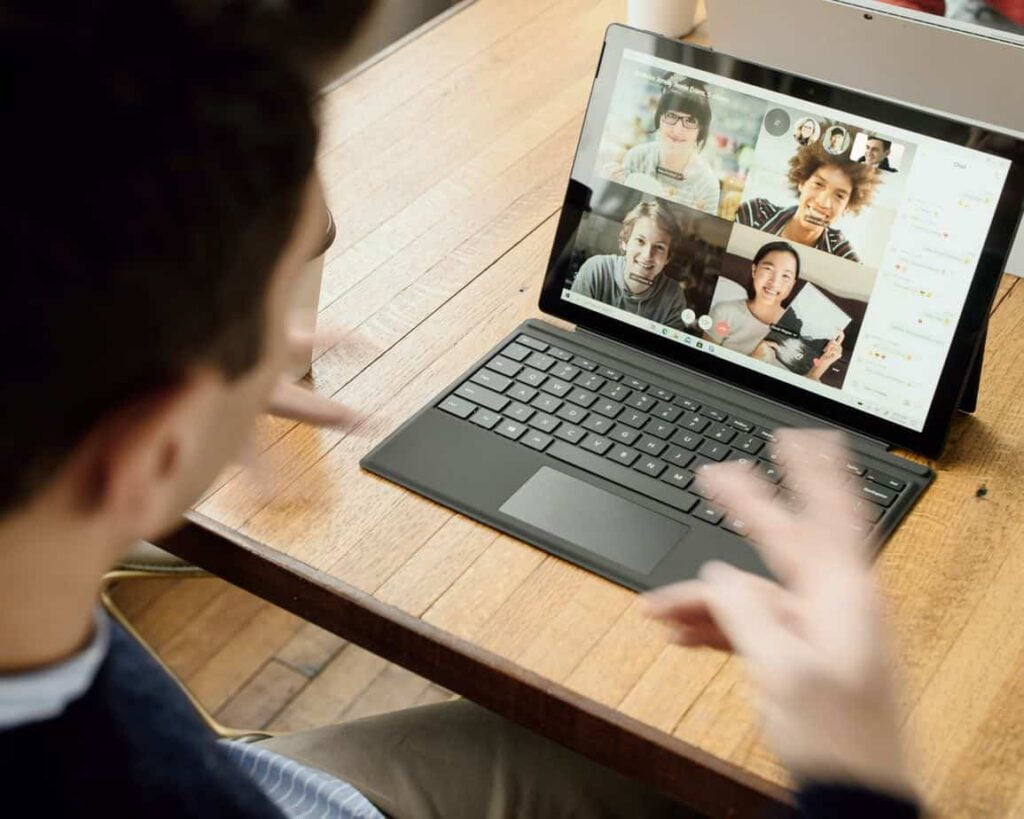
Working from home as a remote UX designer is a powerful tool that allows you to create your own work-life balance. However, it is important to not neglect the impact of space on your everyday lives: where you live and play; how you spend time with loved ones or get lost in creative exploration - even what private spaces exist between yourself and another special person.
The environment in which you work can have a significant impact on your productivity, personality, and morale. As someone who has worked from home for the past year, I am very aware of how my environment influences me as an individual. UX designers are meticulous about where they work, what tools they use, and what type of setup is ideal for them. Whether we let our imagination run wild or focus on what is right in front of us space defines our daily lives: living rooms that define both creativity and inspiration with a wide open floor plan to allow new ideas to flow freely into infinity; personal spaces that exist only between ourselves as creators - even private ones shared exclusively between friends close enough to call families outside those walls.
UX designers spend more time at their desks than many other occupations. UX designers, like myself, need to be aware of how their environment influences them, so that they can create a balance at work and in life. We design experiences for others after all - it only makes sense for UX designers to understand the impact space has on them first hand.
The work environment of a remote UX designer must be creative and well-equipped with the latest tools. They have to design experiences covering many surfaces, age groups, and genders! If you are interested in this profession or just want a peek at how they spend their days at work - read on!

What does it mean to be a UX designer? First of all, let's explore what exactly "UX design" means. Essentially, the User Experience (or UX) design is to improve customer satisfaction through usability principles, like ease of use and efficiency in completing tasks in online spaces and services. The goal is to create products that people love so much that they return again and again without hesitation or coercion from advertising campaigns to get them hooked.
The job description of the UX designer includes: researching user needs, designing solutions that meet those needs, and ensuring that every aspect of a product works seamlessly. It can be a challenge to find time for your personal life when you juggle family time with customer deadlines. Remote UX designers may face additional challenges in finding this balance, and it is even more important to create clear boundaries between work and life.
I wanted to give you the opportunity to take an inside look at my daily working life at Novicell. Below you will find the outline of just one day I worked with some of our biggest customers - like Ark.no!

Normally, I get up around 7 a.m. every day to start my day and have time to drink coffee and eat breakfast with the love of my life. Every morning, we watch YouTube in our PJs for a while before we start getting ready for the day. It is important for us to start the day together and spend some quality time before we both get involved in the work and other tasks that need to be done in the house during the day.
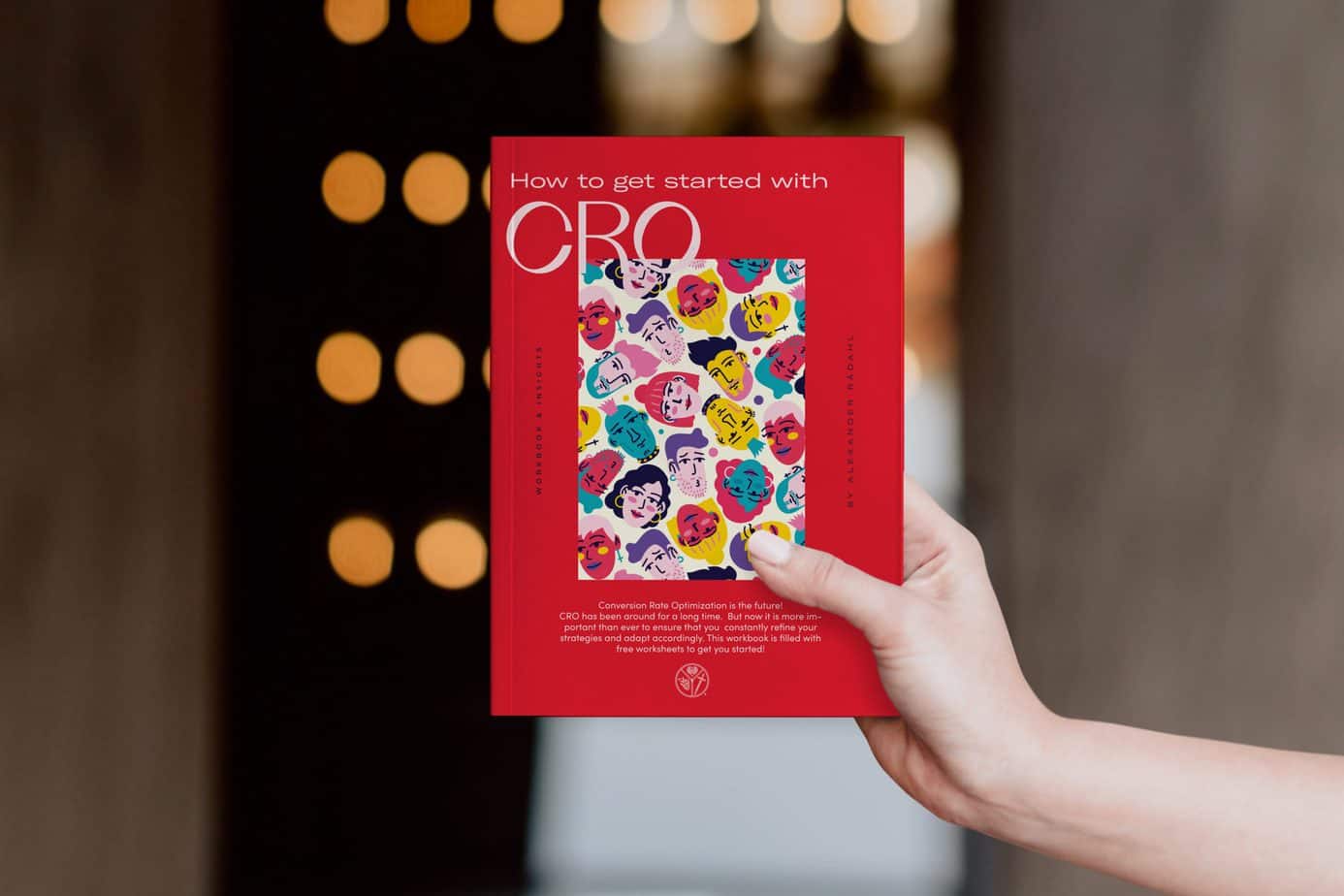
I like to start around 8 a.m. with work while eating my breakfast. I usually get caught up on emails and what I need to do during the day. It is important for me to draw up a plan for the day and do it as soon as possible, so unnecessary tasks do not take too much of my time throughout the day. There are other tasks to be done - organizing, cleaning, etc., but if they can be taken care of before I start working, they will not eat into valuable hours of the day.
Every day, we do a standup to sync up with the team. We use these meetings to ensure nothing is missed and no one has any questions. It is also an excellent opportunity for everyone to share what they are working on, any challenges or their current project progress. This way, everyone can be on the same page about what they are currently working on, and there won't be any lost time.
More often than not, I will start my work by conducting UX research for the client I am currently working on to better understand the customer experience. One way to do this is through informational interviews and other methods that help me to gain a better understanding of the needs, preferences, attitudes or behaviors of different groups (at every stage in life) in relation to a particular product category.
Time to get off the computer and have a wonderful cup of coffee! I use my coffee time to get out of the office (read: out of the home office room), catch up with my fiancé, and talk about the work we're currently doing.

The team will keep in regular contact to present ideas and findings and discuss UX solutions. We work together to offer our customers the best possible UX design and use this time to broaden ideas, ask questions, and present new possibilities.
I enjoy taking my lunch breaks, running on the treadmill, and lifting weights with my fiancé. It's a much-needed break from being at home in front of the screen, and it's good for me to get outside once or twice a day, even if it's only 10 minutes! This gives me more energy and the ability to concentrate on work.
This is where it is necessary for me to have this space at home where I can put on my airpods and just focus on my work. I can't do it when someone asks me questions or comes to the door. It is important that UX designers have their own space at home - one that allows them to flow and be productive.

In the world of UX design there is no such thing as too many iterations. The process begins with a rather unfinished product idea and builds on itself until you have achieved the goal of your clients. These early sketches can be rough drawings on paper or low-fidelity wireframes that quickly illustrate possible directions for designs before more refined layouts are considered.
After working on and testing the rough ideas, it is time to bring these ideas into high-resolution graphics as soon as we identify interactions and content in our basic layout mockups.
Usability testing is essential to the UX design process and can be a time-consuming endeavor. When conducting usability tests, it's important not only to observe participants' behavior, but also to run through tasks with them in real-time.
I must admit this step was the most difficult during the pandemic as I am not able to interact directly with the users I am testing on. But, fortunately for me, there are many online methods of user testing! One day, while doing a UX test remotely with video messaging software like Teams or Google Meet, I realized how fantastic these new technologies were: the end user could easily do my tests in his or her own environment and at his or her own speed without having an outside person sitting opposite of them asking questions about what he or she thought of our product before he or she was ready to say anything.
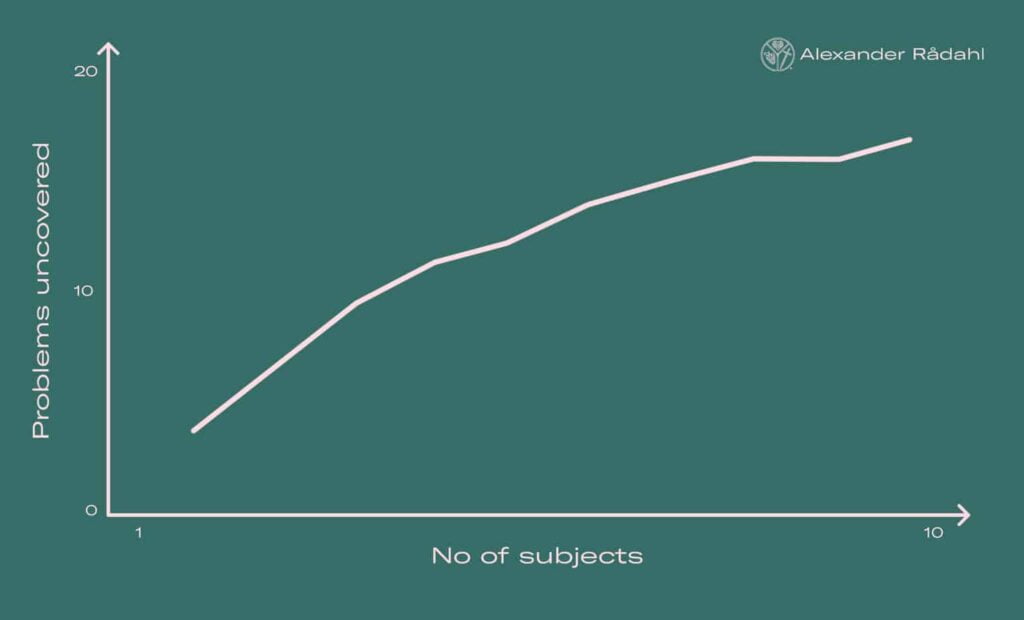
The results of these exercises will help me identify obvious problems, like when users have difficulty finding certain items on the site or are lost in their navigation pages due to tangled layout choices. If I encounter many similar complaints from different parties during my sample group sessions, this could signal a problem that should be prioritized over others on the basis of severity alone, but sometimes more work is needed before we can identify the root cause of such UX design problems.
As I mentioned earlier in this article, it is crucial for me to create spaces where I can relax and de-stress. But just as important is having a time of day when you log off from work, so that your brain knows exactly how to "leave" all the stress behind in the home office without any problems - which enabled me to really set boundaries between my personal life and my working life!
It is crucial that once you finish all the tasks left on your plate, you not only turn off the lights in the office, but also clean up after you before dinner with friends or family. In this way, you make a quiet transition back to being relaxed at home rather than staying under pressure.
It is essential to create a working space at home. It should be somewhere where you can focus and do the job, while simultaneously being comfortable. I would recommend creating an area where there is significant natural light, so that you feel awake and alert during working time! It is also important to consider noise pollution when you decide where to put your desk. The noise from a close-up TV or air conditioning can be an annoyance that pulls you out of a focused state.
It is easier than you might think, but there are key factors in ensuring that we are always productive during our working hours. Most importantly, having enough space so that your workspace does not feel claustrophobic, having a separate area to relax, which is also calm and relaxing for when you need it (it is important that this space has no distractions, but you should never work there), finding your personal balance between focus on work tasks while still maintaining an active working life.
Here is a picture of my fiancé and I's home office:
As a remote UX designer, you spend more time at your desks than many other professionals. UX designers, like myself, must be aware of how our environment influences us to create a balance in work and in life. After all, we design experiences for others - it only makes sense for UX designers to understand the impact space has on them first hand. It is important to create an UX design office space that is comfortable and full of light.
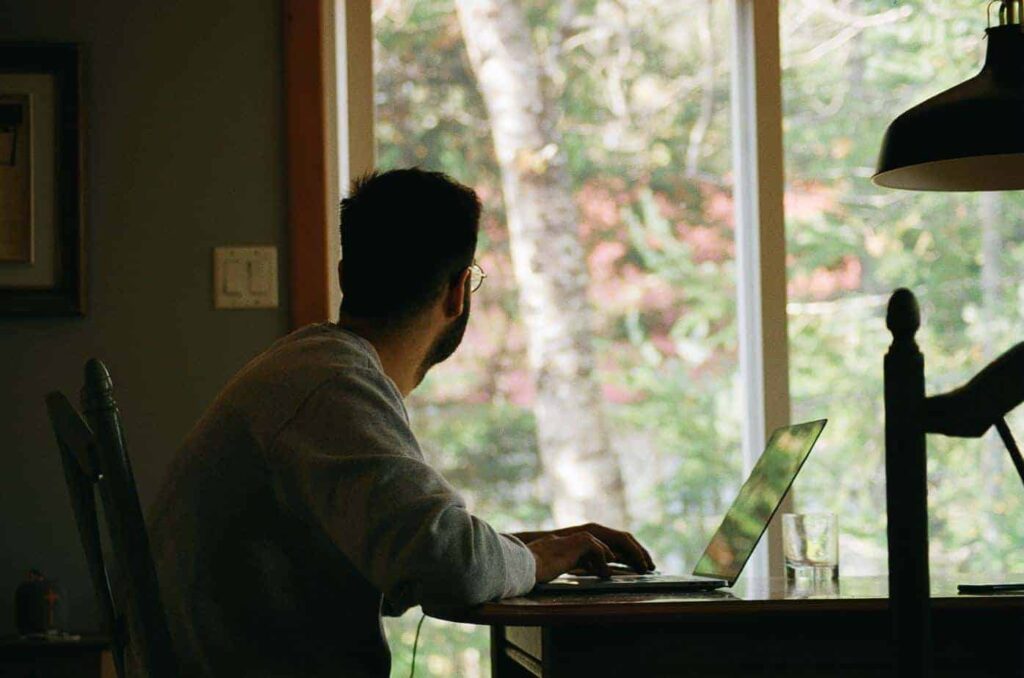
It can be difficult to find the balance between working and personal time, but it is vital for your mental health! With these tips in mind, you can create an environment in which UX designers are always productive and never feel overwhelmed with their workload. What do you think? Tell me how you have created the same type of UX design home office space, or any other clever methods I might have missed!
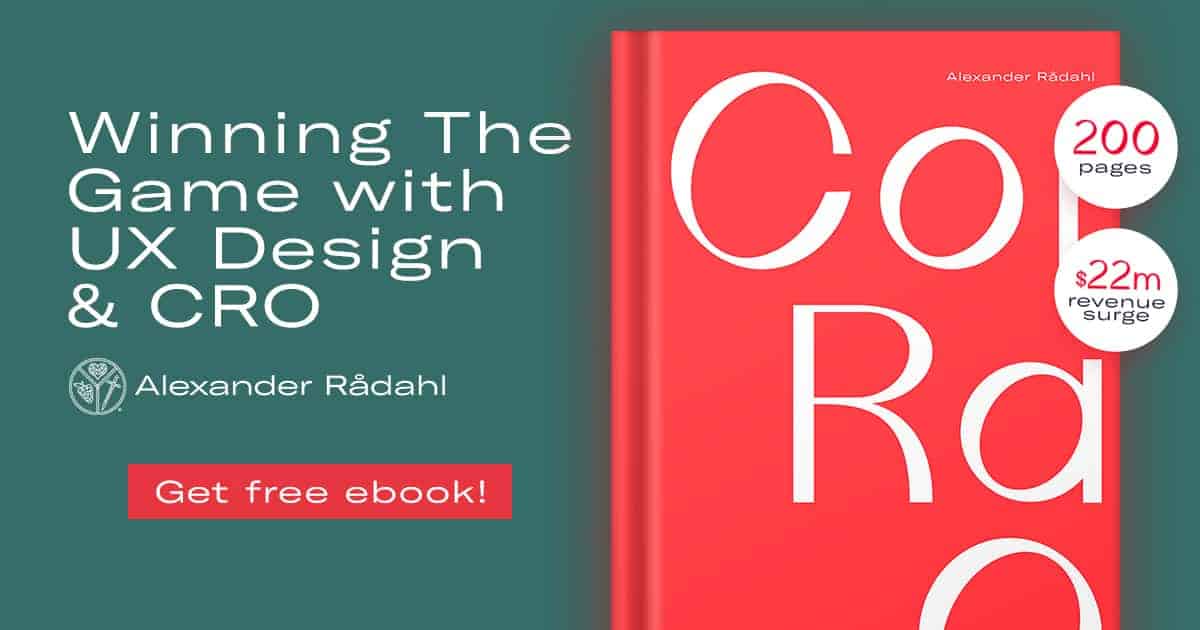
I’m currently working on my book on the subject of CRO and UX, and how they complete each other for a better user experience. This book is for the aspiring UX designer who wants to learn more about CRO and help them in their everyday design work. It’s packed with real-life examples, case studies from Silicon Valley companies, and tips on applying this knowledge to your projects.
You can sign up for my newsletter here to get the latest updates and a heads-up when it comes out for pre-order on Amazon.
You can also find me on Twitter, Instagram, and LinkedIn to continue the discussion! (or even email me)